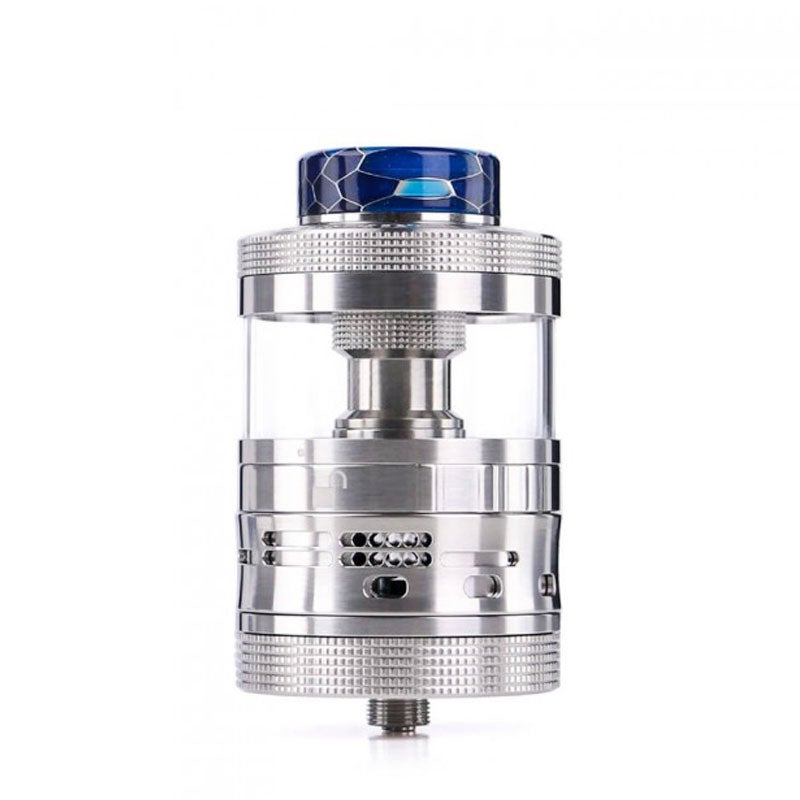
The U.S. Food and Drug Administration’s Center for Tobacco Products (CTP) on Feb. 24 outlined the steps it plans to take in response to an external evaluation of its operations conducted by evaluators working through the Reagan-Udall Foundation.
The expert panel issued its final report on Dec. 19, 2022, and included 15 recommendations across a number of areas.
To address concerns raised in the report about transparency, the CTP said it would appoint internal transparency liaisons within each CTP Office, who will be responsible for objectively identifying areas for transparency enhancement. The center will also create a new webpage to feature its responses to citizen petitions and will resume posting scientific policy memos and reviewer guides “when appropriate.”
To enhance efficiency of its premarket tobacco product application review process, the CTP said it has started developing a more efficient framework for high-quality reviews. The center said it aims to better communicate on scientific issues and practices; hire additional staff and increase internal communication to improve scientific engagement and deliberation. Among other activities, the CTP said it will resume posting of scientific policy memos and reviewer guides, along with communication through public events, such as workshops and listening sessions.
The CTP also expressed its intention to hold more frequent meeting of the Tobacco Products Scientific Advisory Committee to obtain input on scientific issues.
To improve its operations in the areas of regulations and guidance, the CTP said it will create a new policy unit within the Office of the Center Director that would be responsible for providing overall policy coordination across the CTP.

The FDA has advocated for the authority to collect user fees from e-cigarette companies, which currently do not pay user fees despite the enormous workload to review and make decisions regarding these products.
Robert Califf, Commissioner, FDA
Recognizing opportunities to enhance its compliance and enforcement work, the CTP said it will convene a summit related to enforcement with senior officials from the Department of Health and Human Services, the FDA, and the Department of Justice (DOJ). The CTP will consider whether statutory changes are needed to assist the center in enforcing the law. It will also explore approaches to achieve compliance outside of judicial enforcement actions through DOJ.
The CTP said it plans to create a comprehensive webpage for all enforcement activities for products that are illegally marketed without FDA authorization; routinely reach out to industry stakeholders to keep them apprised of new enforcement priorities and updates; and enhance the FDA’s tobacco product marketing order webpage. Planning has already begun for development of a searchable public database of all tobacco products that have an FDA marketing order, according to the center.
To improve engagement on its public education campaigns, the CTP said it will develop, publish and promote resources that describe the mechanisms it currently uses to solicit and consider public input on its campaigns. It will also explore new ways for soliciting and considering public input on its campaign program.
Consistent with the Reagan-Udall report recommendation, the CTP is also engaging with relevant entities within FDA, the Department of Health and Human Services, and the Office of Personnel Management to identify solutions to facilitate more timely and efficient hiring of professionals that match CTP’s needs.
To achieve its goals, the CPT stressed the importance of having appropriate resources, which it suggested could be raised through additional user fees for regulated products, including e-cigarettes. “Since the agency’s fiscal year 2020 budget request, the FDA has advocated for the authority to collect user fees from e-cigarette companies, which currently do not pay user fees despite the enormous workload to review and make decisions regarding these products,” said FDA Commissioner Robert Califf in a statement.
A detailed description of the CTP’s plan for addressing the Reagan-Udall recommendations is available at the center’s new website.





















